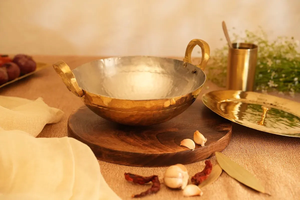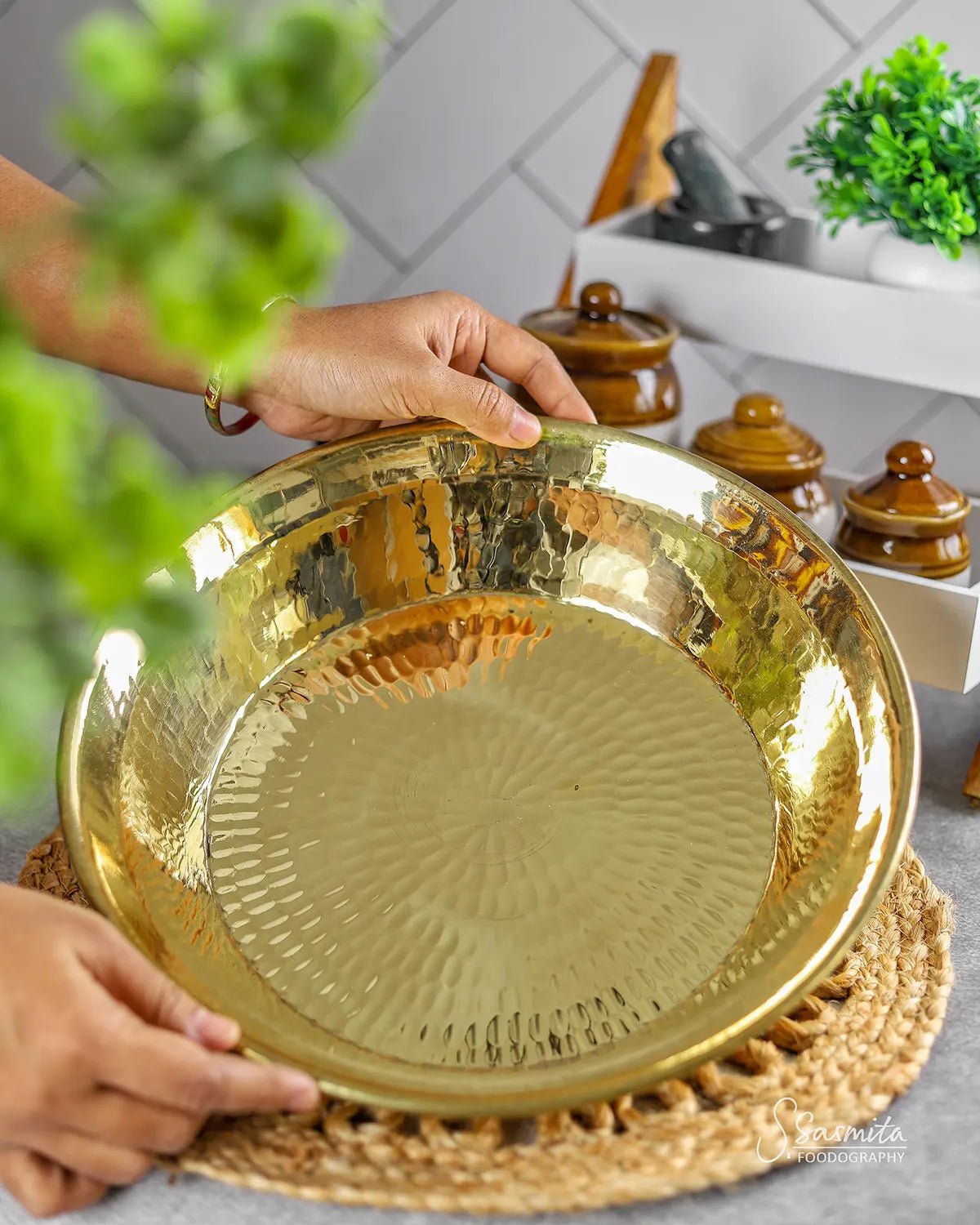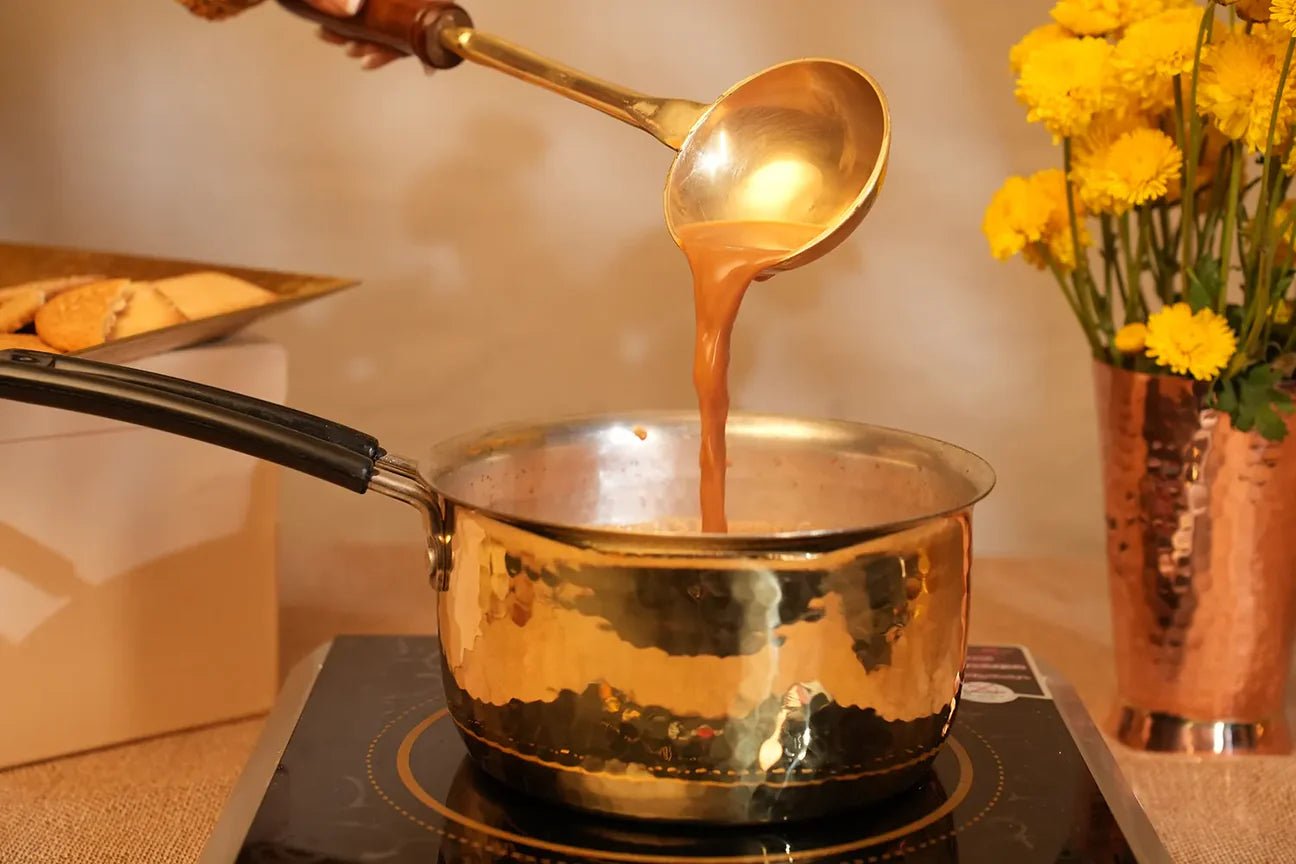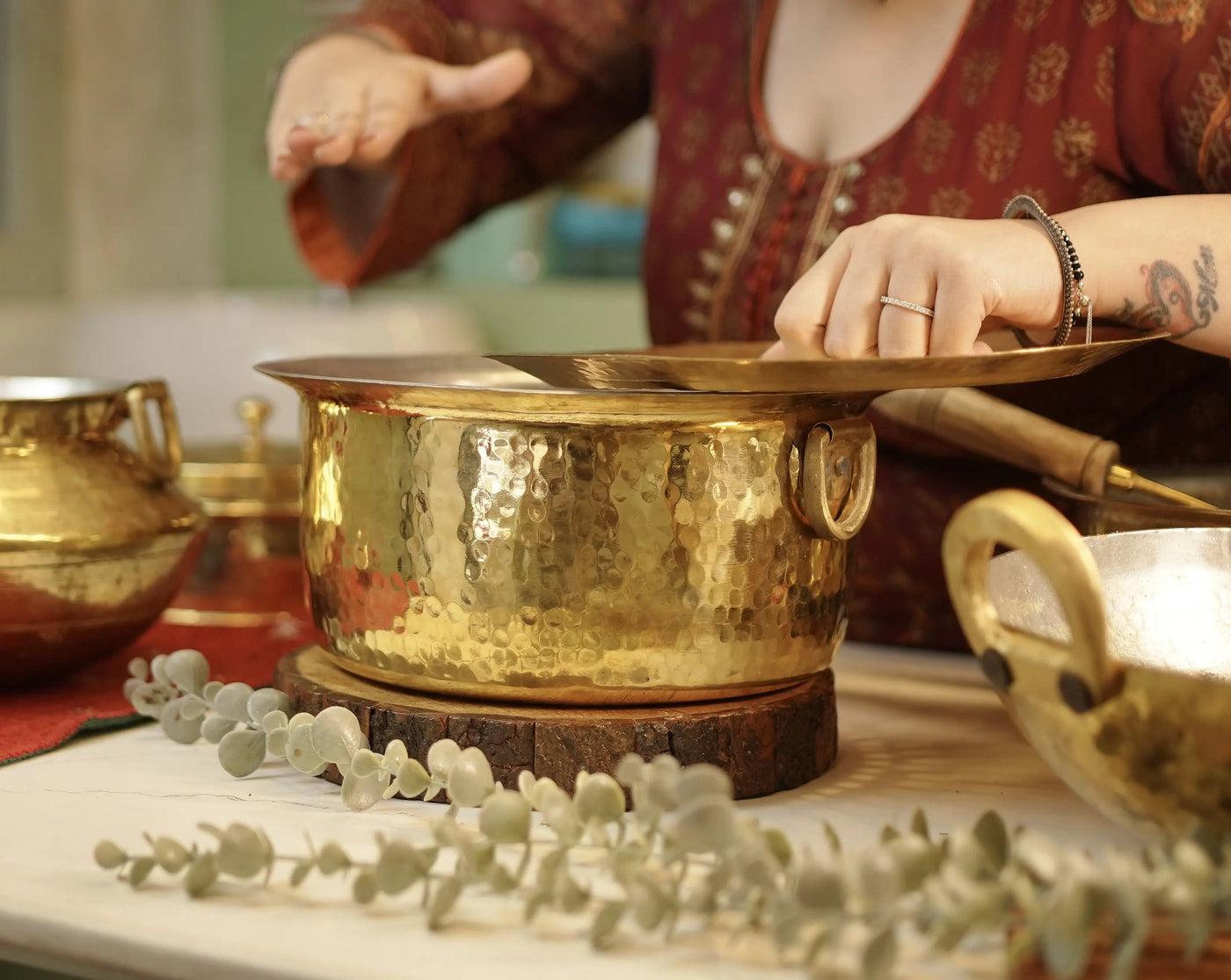How to Choose the Best Dosa Tava for Perfect, Crispy Dosas
Introduction
Dosas are a popular staple of South Indian cuisine--crispy on the exterior, soft inside and packed with flavour. However, the recipe for making dosas that taste like restaurants at home isn't only in the batter but inside the Dosa Tava that you employ. A good tava will ensure uniform heating, flawless texture and the golden brown final that every dosa-loving person wants.
If you're unsure of what Dosa Tava you should purchase this guide will walk by the entire process you need be aware of.
1. Why Choosing the Right Dosa Tava Matters
Dosa-making requires a flat, smooth and well-heated surface. A wrong tava may result in:
-
Uneven cooking
-
Sticking batter
-
Soft or soggy dosas in place of crisp ones
A good Dosa Tava ensures:
-
Even heat distribution
-
Naturally non-stick surfaces
-
Long durability
-
Energy efficiency when cooking
2. Types of Dosa Tava Based on Material
When you're looking for dosa that is perfect the material used in Dosa Tava Dosa Tava can make the difference. The main kinds are:
a) Cast Iron Dosa Tava
-
Benefits Good heat retention provides authentic taste, naturally non-stick after seasoned.
-
Pros: Requires seasoning and regular maintenance to avoid rust.
-
Ideal to: Traditional, crispy dosas that have a earthy taste.
b) Non-Stick Dosa Tava
-
Benefits It requires less oil Easy to clean, lightweight in weight.
-
Pros: Coating can wear off over time and is not ideal for cooking at high temperatures.
-
Ideal for: Fast cooking using minimal oil.
c) Hard Anodized Dosa Tava
-
Benefits Strong, durable and scratch resistant and compatible with metal spoons.
-
Pros: Slightly more expensive than standard non-stick tawas.
-
The best choice for Everyday cooking with long-term thinking.
d) Granite-Coated Dosa Tava
-
Advantages Modern design and style, smooth surface, and fantastic heat distribution.
-
Pros: Requires gentle cleaning to keep the coating from being scratched.
-
Ideal option for Modern kitchens that is focused on design and functionality.
3. Size & Shape of the Dosa Tava
-
Diameter To use at home 28-33cm is the ideal size. The larger tawas (up to 35cm) are great when you frequently prepare large dosas.
-
shape: Flat tawas are more suitable for dosas. Concave ones are better suited to Chapatis and Parathas.
A flat, large surface can help distribute the batter evenly and ensure uniform crispness.
4. Handle and Comfort
Choose Look for a Dosa Tava equipped with strong, heat-resistant handles to make it easy to flip and lift. The handles made of silicone or wood are easy to hold and keep cool during cooking.
5. Weight of the Tawa
-
Tawas with a light weight are hot, however they are not able to hold the heat for a long time.
-
Tawas that are heavy such as cast iron take longer to cook, but offer uniform heat for perfectly crisp dosas.
For novices A tava with a moderate weight provides the perfect balance between heat retention and easy handling.
6. Compatible with Stoves
Make sure that your Dosa Tava can be used in conjunction with your cooking set-up:
-
Stove with gas: The tawas all work.
-
Induction Pick tawas marked being induction-friendly.
-
Stoves with electric heating: Ensure a flat base to ensure maximum contact with.
7. Maintenance Tips for Longevity
For Cast Iron Tawas:
-
The season is before the first use, and then after each use.
-
Do not use soap. Instead, use warm water and scrubber.
-
Dry as soon as possible to avoid the rust from forming.
For Non-Stick & Granite-Coated Tawas:
-
Avoid spoons made of metal to avoid scratches.
-
Cleanse with an easy sponge.
-
Keep the coating safe and dry. coating.
For Hard Anodized Tawas:
-
Cleanse with mild detergent.
-
Avoid using abrasive scrubbers in order to preserve the appearance of your.
8. Pro Tips for Perfect, Crispy Dosas
Even with the top Dosa Tava, the technique is important:
-
The tava is evenly heated prior to pouring the batter.
-
Sprinkle some drops of water. If they start to sizzle, you're ready.
-
Use the handle of a ladle for spreading batter around in circular motions.
-
Apply ghee or oil around the edges for a crisper appearance.
-
Beware of cooking with extremely high temperatures to avoid burning.
Suggested Product: Brass Kadhai | Brass Masala Box
Conclusion
A quality Dosa Tava will be essential for anyone who enjoys traditional South Indian dosas at home. If you decide to go with cast iron for its classic appeal, or non-stick for its convenience or hard anodized to ensure durability, the best dosa tava can make all the huge distinction.
If you take into consideration the materials, the size as well as weight and ease, you can choose one that not only creates perfect dosas, but also lasts for a long time. Keep in mind that in the making of dosas the batter is your heart; the tawa, however, is the soul.







